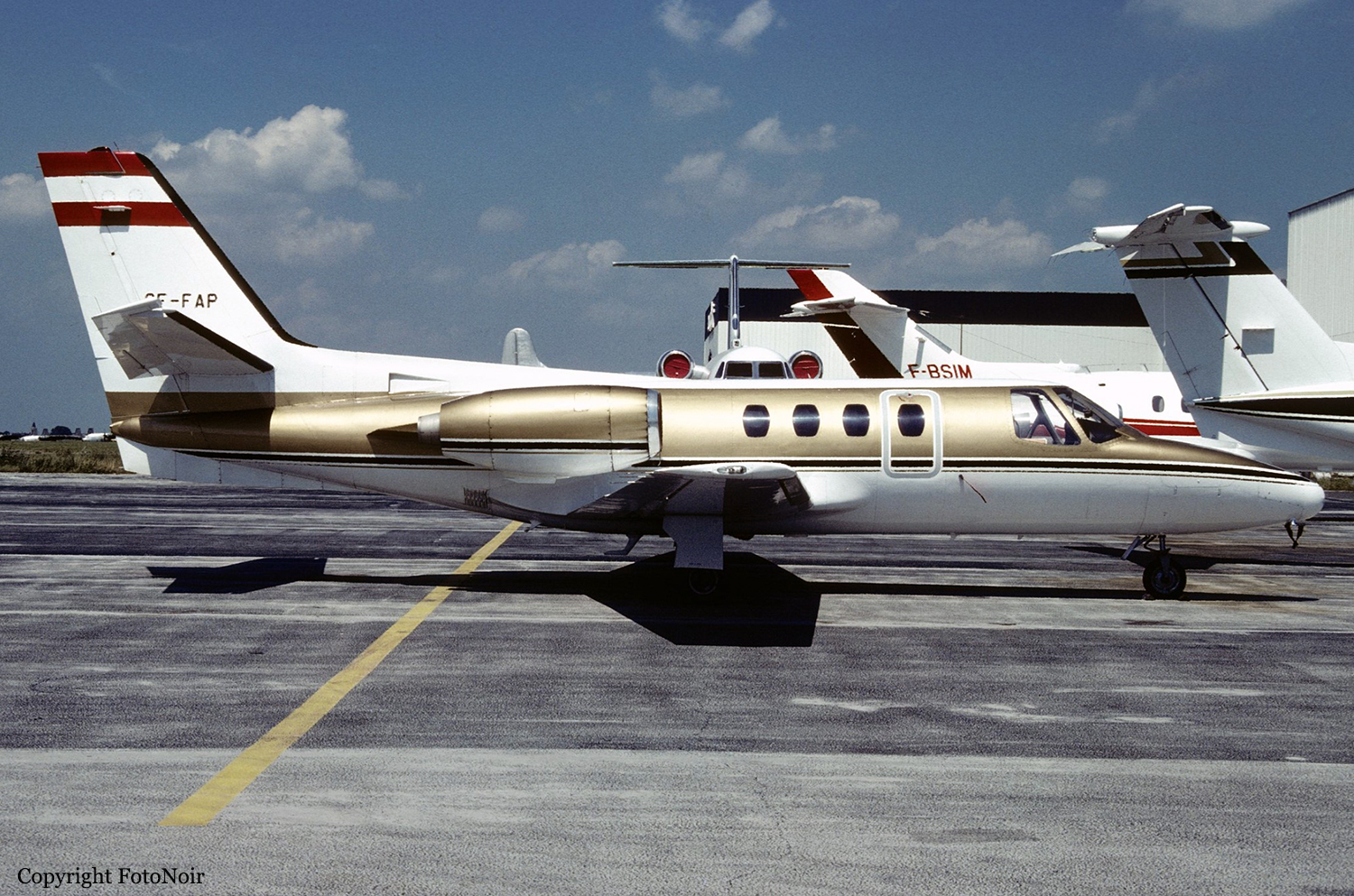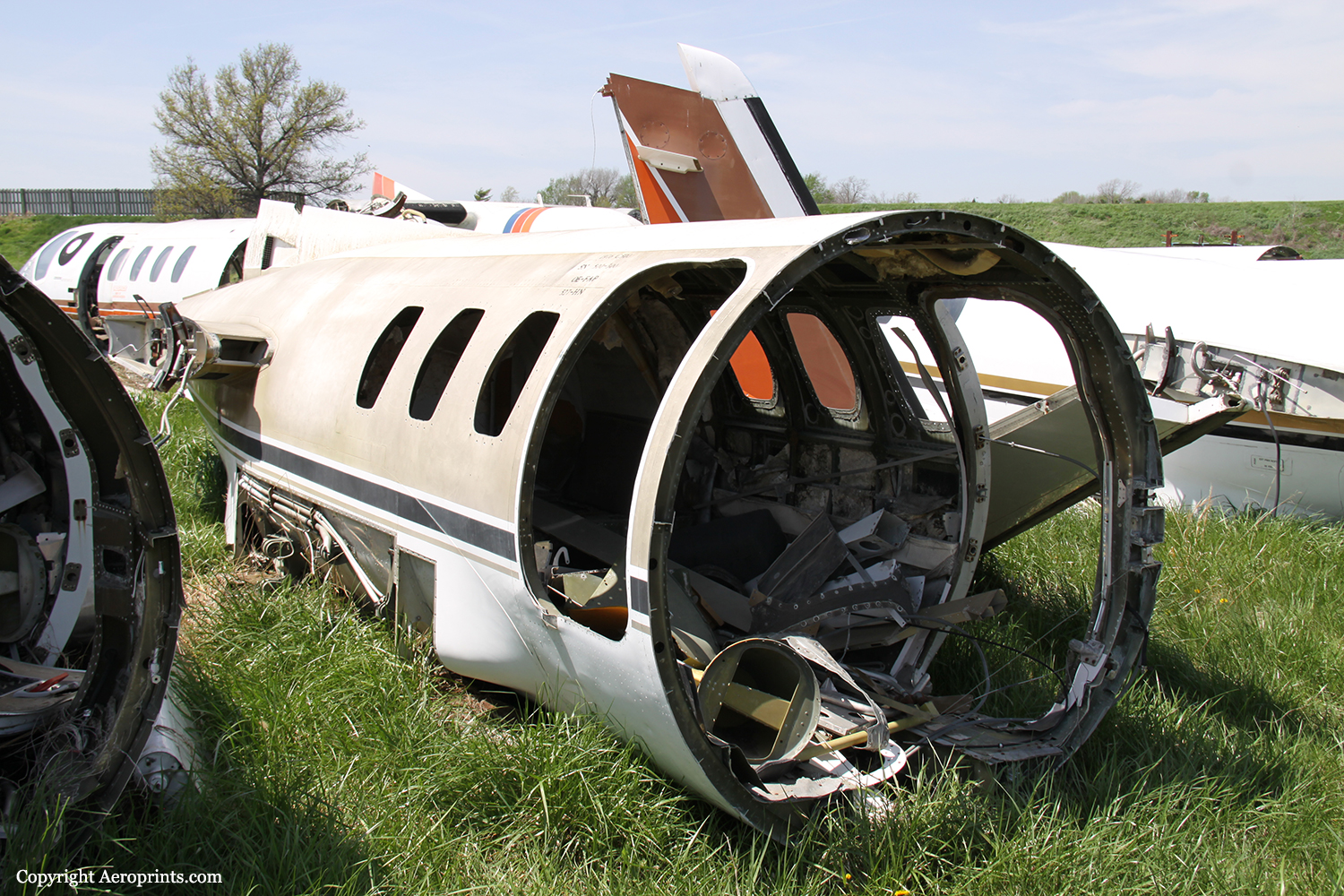Crash of a Cessna 500 Citation I off Skiathos
Date & Time:
Oct 6, 1984
Registration:
OE-FAP
Survivors:
Yes
Schedule:
Skiathos - Vienna
MSN:
500-0300
YOM:
1975
Crew on board:
2
Crew fatalities:
Pax on board:
8
Pax fatalities:
Other fatalities:
Total fatalities:
0
Circumstances:
After takeoff from Skiathos Island Airport, while in initial climb, the aircraft lost height and crashed in the sea. All 10 occupants were rescued while the aircraft was destroyed.






